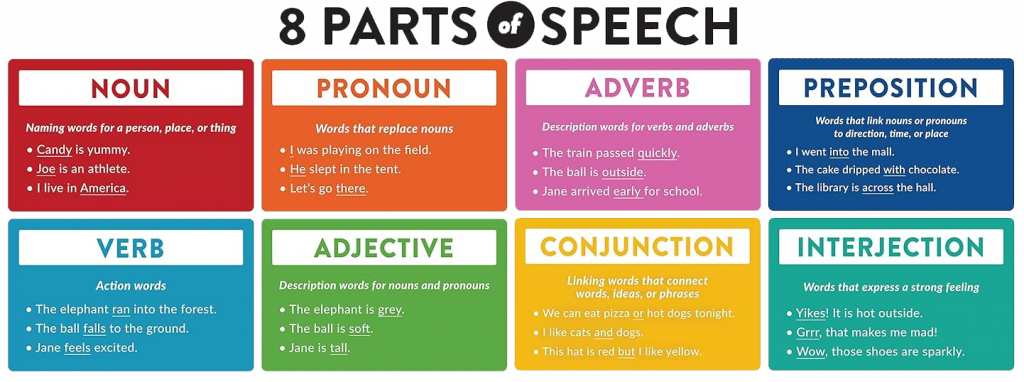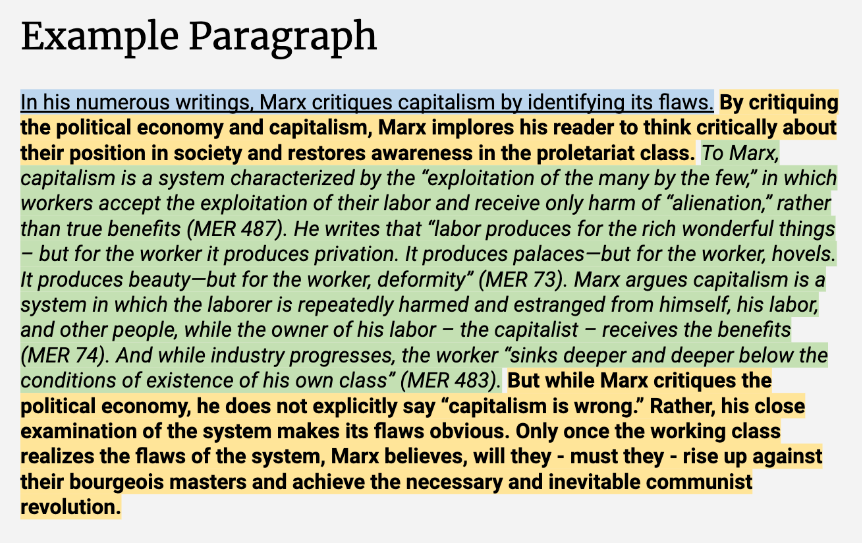Personal writers come in many forms, each catering to specific needs. Here are the main categories:
Academic Writers
Academic writers specialize in helping students and researchers with scholarly assignments, including essays, dissertations, research papers, and theses. These writers are well-versed in academic standards, citation styles (APA, MLA, Chicago), and research methodologies.
- Ideal for: Students, researchers, and educators.
- Key Skills: Analytical thinking, research proficiency, and familiarity with academic formats.
- Typical Projects: Essays, literature reviews, research proposals, and term papers.
Business Writers
Business writers focus on creating professional documents such as reports, business plans, proposals, and corporate communications. They often have a background in business or marketing, ensuring their writing aligns with industry standards.
- Ideal for: Entrepreneurs, executives, and corporate teams.
- Key Skills: Clarity, persuasion, and understanding of business terminology.
- Typical Projects: White papers, sales presentations, and marketing collateral.
Copywriters
Copywriters specialize in persuasive writing aimed at driving action, whether it’s making a purchase, signing up for a newsletter, or engaging with a brand. Their expertise lies in crafting compelling, audience-focused messages.
- Ideal for: Businesses looking to boost marketing efforts.
- Key Skills: Creativity, adaptability, and understanding of consumer psychology.
- Typical Projects: Ad campaigns, product descriptions, and website copy.
Content Writers
Content writers create informative and engaging material for websites, blogs, and social media. Their goal is to educate or entertain while maintaining a brand’s voice and tone.
- Ideal for: Businesses and individuals seeking to grow an online presence.
- Key Skills: SEO knowledge, research, and storytelling.
- Typical Projects: Blog posts, articles, and social media content.
Technical Writers
Technical writers excel at translating complex information into clear, concise documents. They often work on user manuals, training materials, and technical documentation.
- Ideal for: Tech companies, engineers, and software developers.
- Key Skills: Attention to detail, technical expertise, and clarity.
- Typical Projects: Instruction guides, FAQs, and product documentation.
Ghostwriters
Ghostwriters create content on behalf of someone else, often without receiving public credit. This type of writer is commonly used for books, speeches, and blogs.
- Ideal for: Individuals who want to share their ideas but lack the time or skill to write.
- Key Skills: Adaptability, confidentiality, and strong writing skills.
- Typical Projects: Memoirs, novels, and executive speeches.
Grant Writers
Grant writers specialize in crafting proposals for funding opportunities. They research potential grants, understand funders’ requirements, and write persuasive applications.
- Ideal for: Nonprofits, researchers, and startups.
- Key Skills: Persuasion, research, and attention to guidelines.
- Typical Projects: Grant proposals, funding applications, and sponsorship letters.
Editors and Proofreaders
While not strictly writers, editors and proofreaders play a crucial role in refining content. Editors focus on structure, flow, and clarity, while proofreaders correct grammar, spelling, and punctuation errors.
- Ideal for: Anyone seeking polished, error-free content.
- Key Skills: Attention to detail, grammar expertise, and consistency.
- Typical Projects: Manuscripts, essays, and business reports.

What to Look for When Hiring a Personal Writer
Finding the right writer involves more than just reviewing samples. Consider these key factors:
Specialization
Choose a writer whose expertise aligns with your needs. For example, an academic writer is ideal for help to write an essay, while a business writer is better suited for corporate reports.
Experience
Look for writers with relevant experience in your field. Review their portfolio or ask for samples to gauge their proficiency.
Communication Skills
Effective communication is essential for a successful collaboration. Ensure the writer is responsive and open to feedback.
Budget
Set a clear budget and find a writer whose rates align with your financial constraints. Keep in mind that quality often comes at a price.
Turnaround Time
Consider your deadlines and ensure the writer can deliver within your required timeframe.
Reviews and Testimonials
Check reviews and testimonials from previous clients to assess the writer’s reliability and quality of work.
Contract and Confidentiality
Ensure the writer provides a clear contract outlining terms, deadlines, and confidentiality clauses, particularly for sensitive projects like ghostwriting.
Where to Find Personal Writers
Here are some platforms and resources to find professional writers:
Freelance Platforms
- Upwork: Offers a wide range of writers for various projects.
- Fiverr: Ideal for small tasks and quick turnaround.
- Freelancer: Suitable for both short-term and long-term projects.
Professional Organizations
- Editorial Freelancers Association (EFA): Connects clients with experienced editors and writers.
- National Association of Independent Writers and Editors (NAIWE): A network of professional writers.
Academic Writing Services
- EssayPro: Provides help with a paper, including essays and research assignments.
- PaperHelp: Offers custom writing services for students.
Social Media and Networking
Platforms like LinkedIn and Twitter can help you find skilled writers within your network or through recommendations.
Referrals
Ask colleagues, friends, or professors for recommendations. Referrals often lead to trusted professionals.
Questions to Ask Before Hiring
To ensure you’re hiring the right writer, ask these questions:
- What’s your experience in this field?
- Can you provide samples or references?
- What is your process for revisions?
- Do you have experience with [specific requirements, e.g., APA formatting]?
- What is your estimated turnaround time?
- What are your rates, and do you charge per word, hour, or project?
Tips for Working with a Personal Writer
- Provide Clear Instructions: Clearly outline your goals, target audience, and any specific requirements.
- Set Realistic Deadlines: Allow sufficient time for revisions and adjustments.
- Give Constructive Feedback: Offer specific suggestions to help the writer improve.
- Maintain Open Communication: Regular check-ins ensure the project stays on track.
- Respect Their Expertise: Trust their recommendations and insights.
Final Thoughts
Whether you need help to write an essay, craft a business proposal, or refine your website’s content, hiring a personal writer can save time and enhance the quality of your work. By understanding the different types of personal writers and what to look for when hiring, you can make an informed decision that meets your unique needs.
Take the time to research, ask questions, and collaborate effectively to achieve the best results. With the right personal writer by your side, success is just a well-written piece away!










